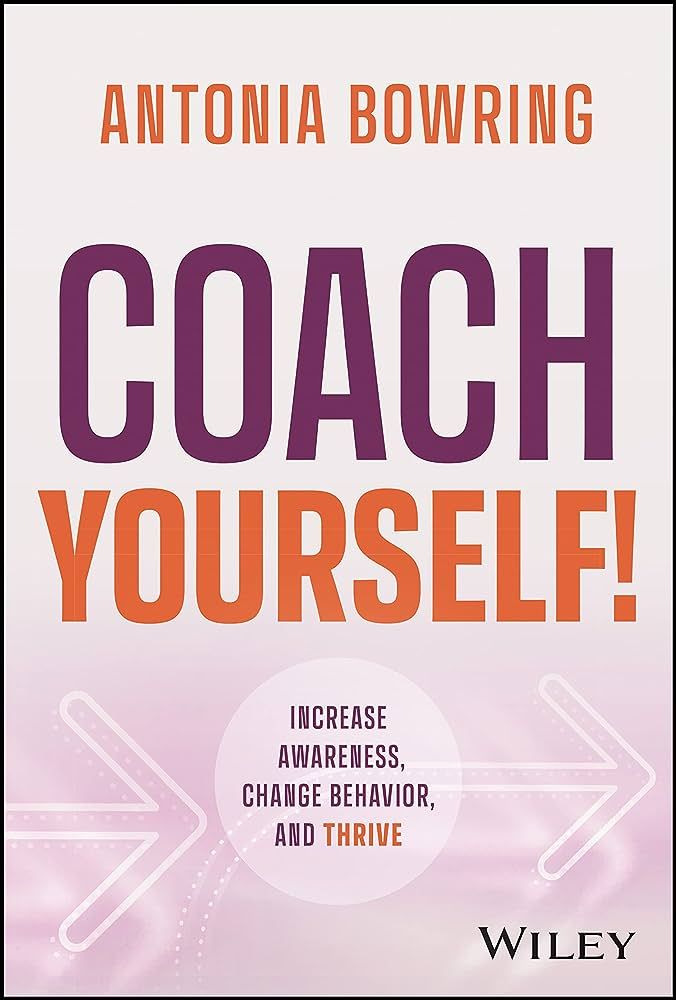More and more people choose to avoid conflictual or even just uncomfortable conversations. We are anxious about making a mistake and awkward conversations seem too risky. This is sad news to an executive coach like me because much of my work points to more conversations to make progress on solving our challenges.
I share a simple framework, COIN, with my clients to help them navigate challenging conversations. This framework builds on the evergreen work done by several authors who wrote the bestseller Crucial Conversations: Tools for Talking When Stakes are High by Kerry Patterson.
What does COIN stand for?
Common purpose
Observations
Inquiry
Next steps
What COIN Is and When to Use It
The COIN framework gives you the tools to frame and structure a critical conversation — crucial when stakes are high, emotions run strong and opinions differ. COIN has two phases: preparation and activation. COIN lightens the cognitive load of conversations that you know will be emotionally demanding and require a lot of active listening.
I like to think about COIN the same way you might use a recipe. COIN gives you the structure and confidence, so you can create the magic by adding your creative touches. As you learn COIN, I invite you to think about everything you bring to the conversation as ingredients; COIN is your basic recipe you can adapt and vary as you get more experienced with the techniques and process (ingredients) and how you need to focus on the conversation unfolding and the other people participating in it.
Preparation for COIN
We prepare for a challenging conversation with a balance of toughness and softness. We don’t want to approach the conversation too “tough,” that is, set in your way of seeing the issue as the only way of seeing it. And not too “soft,” that is, shying away from saying the hard things that need to be said. “Soft” also means you remain open and curious to hear the other side of the story.
How do you default in your uncomfortable conversations? Most of us tend toward a tough or soft approach and it’s helpful to know which way we naturally lean. An effective conversation requires us to hold space for both tough and soft tendencies.
A softer perspective emphasizes emotions and feelings and the relationship. What is important about this relationship? What do I really want to be different?
A tougher perspective means you stand up straight and are clear about what you want to say and are invested in a concrete goal/outcome. What is my position? How can I share my position without blame or defensiveness? What is not negotiable here?
 To bring both the soft and tough aspects to the conversation, ask yourself these questions: Am I clear and focused on my goal? What might take me away from my goal and back to my place of comfort (either softness or toughness)? Am I more committed to my goal than to easing my discomfort?
To bring both the soft and tough aspects to the conversation, ask yourself these questions: Am I clear and focused on my goal? What might take me away from my goal and back to my place of comfort (either softness or toughness)? Am I more committed to my goal than to easing my discomfort?
Here is an example of approaching a conversation from too tough a perspective: “You just aren’t a strategic thinker. I’ve given you opportunities to do this work and you’re not cutting it.”
And too soft an approach: “I was going to ask how you feel about the work you’re doing but things seem better. Why don’t we talk about that new project on the horizon for your team?”
Here is an example of a balanced approach: “I appreciate the hard work you’ve been doing and I know you’ve been picking up others’ slack. At the same time, my sense is that you're avoiding doing the more strategic work because it's hard for you. I want to understand if that is the case and how I can support you.”
Having this self-awareness of how you tend to gravitate in a conversation can be powerful. Remember, we are looking for a perspective that balances the two.
You have prepared. You know how you want to approach the conversation. And now you are ready for the conversation itself.
Activation of COIN
You want to launch the conversation with a common purpose. You have some observations, not assumptions, to share. You recognize the importance of asking questions, of truly listening to the other person’s perspective. And you are committed to concluding the conversation with clarity about what comes next and the accountability that implies on both sides.
Common Purpose
You want to create positive alignment with the other person around something you both value. What is the shared importance of this conversation? What shared goals do we have? Why does this conversation matter to us?
Observations
This is the starting point. The facts. Both people need the opportunity to present the facts as they understand them. And this is where active listening skills are critical. How do I present my version of the facts and data? How do I invite the other person to share their observations? Can I use “I” statements to help keep my assumptions and generalizations in check?
Inquiry
This naturally flows from the facts. We want a dance between sharing observations and investigating motivations, feelings, conflicts, rationales. In real life it may not be this linear. How can I get curious and stay that way? Am I listening, really listening? Am I assuming positive intent? Which open ended questions best serve me here? How am I ensuring this is a conversation and not a monologue?
Next Steps
The easiest and shortest step. A great conversation can be wasted if there isn’t alignment on next steps. We want the momentum to build toward resolution. Who is doing what, by when and how will you know? Do you need to schedule a follow up meeting?
Tips for using COIN in real life
- Critical conversations are about reconciling your stories with the actual facts, so you and your counterpart can get on the same page about what is going on.
- The emphasis on “soft” versus “tough” depends on what the content of the conversation is — are you having a probing conversation to understand a situation better or are you delivering difficult, definitive news?
- The beginning, common purpose and end, next steps, of this recipe are straightforward. The challenging part can be the dance between observation and inquiry. That pathway is not always linear. You may share observations on both sides, probe what they mean through open-ended questions, and then bring up other facts that require further discussion before you arrive at next steps.
- Many critical conversations are not easily resolved in one conversation, the next step may be to continue the conversation, remembering to line up in advance the time and date as your next step!
Reflection Questions
What is the uncomfortable conversation you need to have? What makes it so uncomfortable? What is at risk if you don’t have it? How can you prepare for a critical conversation with a balance between “soft” and “tough”? I challenge you to carry this framework in your back pocket, literally or figuratively. I guarantee that you will find it useful and comforting if your challenging conversation goes off track and you are looking for a way to reign it back in and make forward progress for everyone involved.
Excerpted with permission from the publisher, Wiley, from Coach Yourself!: Increase Awareness, Change Behavior, and Thrive by Antonia Bowring. Copyright © 2024 by Antonia Bowring. All rights reserved. This book is available wherever books and eBooks are sold.





